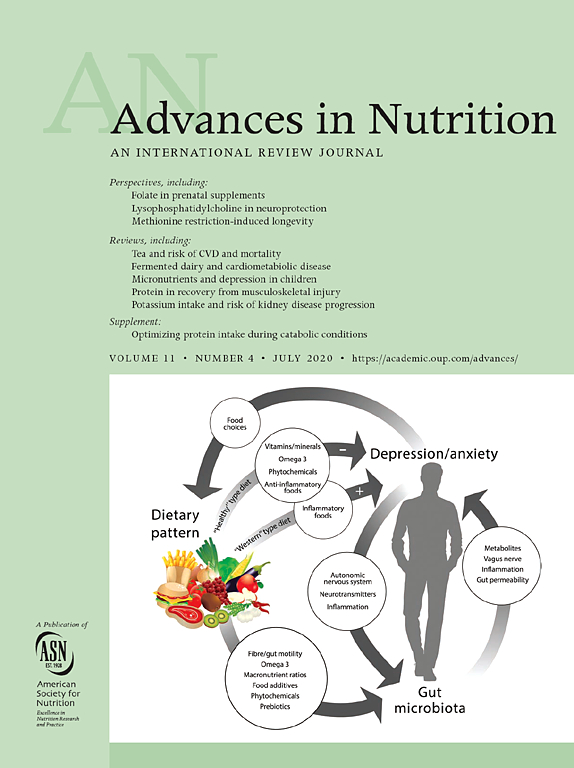Effects of food-based approaches on vitamin A status of women and children: A Systematic Review
Abstract
Abstract
Background
Vitamin A deficiency (VAD) increases risk for morbidity and mortality. Food-based approaches offer one strategy to improve vitamin A status.
Objective
This systematic review assessed evidence of the effects of food-based approaches on the vitamin A status of women and children under five years.
Methods
VAD was defined as clinical ocular symptoms, such as loss of vision, and/or retinol plasma or serum concentration <0.70 μmol/L. Searches on food-based approaches to improve vitamin A status were conducted for the period 2011-2022 on PubMed, CINHAL, Web of Science, and Google Scholar using PRISMA guidelines. English language publications were included. Case studies, unpublished dissertations, and non-peer-reviewed studies were excluded.
Results
This review comprises 24 of 27,322 identified studies; 23 included studies focused on provitamin A carotenoids. There were 17, 214 participants across the 24 studies with sample sizes ranging from 8 to 3571 individuals. Intervention studies spanned from three weeks to two years. Fifteen (63%) studies were randomized control trials, seven were cross-sectional, and two were longitudinal studies. Most studies (N = 21) used biochemical measurements, e.g. serum retinol, to assess vitamin A status; other studies used clinical symptoms (e.g. xerophtalmia) or dietary intake. Thirteen (54%) studies reported a statistically significant effect of food-based interventions (N = 8) or an association of diet (N= 5) on vitamin A status.
Conclusions
This systematic review indicated that some food-based interventions improved vitamin A status, thus offering a safe and effective delivery mechanism for vitamin A. There appeared to be significant association between vitamin A status and consumption of foods with high concentrations of preformed vitamin A and provitamin A carotenoids. Differences across studies in regard to the period of evaluation, food approaches used, and statistical power may explain the lack of effectiveness of food-based approaches on vitamin A status in some studies.

